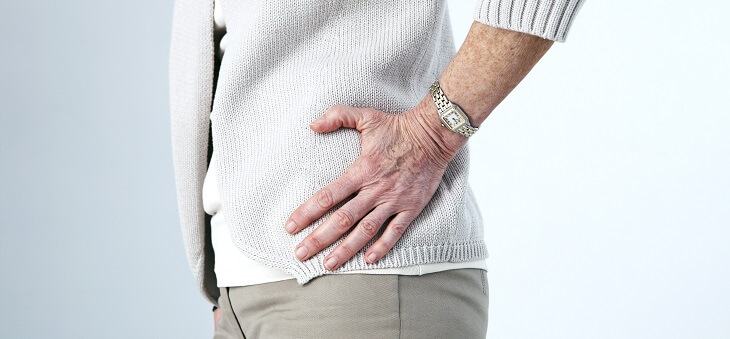There are a few common ailments many of us face as we age and two of them are hip and knee pain.
It’s no fun not being able to walk properly and it can affect your day-to-day abilities considerably.
These days, knee replacement surgery is a common recommendation, often more than once.
Osteoarthritis, rheumatoid arthritis, and injury are the most common causes, but you don’t have to be ‘old’. Plenty of AFL players in their prime undergo knee surgery and go on to keep playing.
Knee replacement is a relatively simple procedure that replaces the damaged joint with a prosthetic one, typically metal alloys or high-grade plastics and polymers, depending on the type of surgery.
Read: Rashes in adults and how serious are they?
For most people, knee replacement offers an almost immediate improvement in their quality of life once they have recovered from surgery, and most artificial joints can last up to 15 years. However, after the initial recovery, for some the pain can continue and often in the hip area.
Because the nerves in the hip and knee come from the same area, hip pain is an often-unexpected result of knee surgery, and vice versa.
Usually, the pain goes away on its own as recovery proceeds, but it can persist.
Read: The mystery disease: Lupus explained
There are several root causes of such pain, including:
- Hip osteoarthritis. According to medicalnewstoday.com, sometimes hip osteoarthritis can present as knee pain. This is not great if a patient has had knee surgery when what they actually needed was a total hip replacement.
- Nerve and tissue inflammation. Nerve and tissue inflammation may radiate to the hip.
- Biomechanics. After knee surgery a patient may walk or move differently and even subtle changes to your gait can affect the hip and cause soreness. Often the body just needs to relearn and adjust to walking with a new joint, but this may need professional adjustment if it continues.
- Referred pain. Often pain turns up somewhere other than the point of origin due to the network of interconnecting sensory nerves that supply many different tissues.
- Masking. Sometimes knee pain masks hip pain. Once the knee is replaced and the knee pain is fixed, often the patient notices the hip pain.
- An infection.
- A blood clot.
Read: Waging war on broken bones
After surgery, while it is normal to still experience pain several months after your hospitalisation, if it continues, or continues to escalate, you should tell your doctor.
If you have symptoms such as persistent cramp-like feeling, skin that is red or warm to the touch, swelling and tenderness, or fever and seepage from the wound you could have an infection or blood clot and it’s important to contact a doctor immediately.
If it’s just normal recovery aches and pain your GP or surgeon may prescribe painkillers, muscle relaxants, recommend appropriate exercise, perhaps supported by a physiotherapist or occupational therapist, or it may be as simple as keeping it iced, compressed and elevated.
If you enjoy our content, don’t keep it to yourself. Share our free eNews with your friends and encourage them to sign up.
Health disclaimer: This article contains general information about health issues and is not advice. For health advice, consult your medical practitioner.

